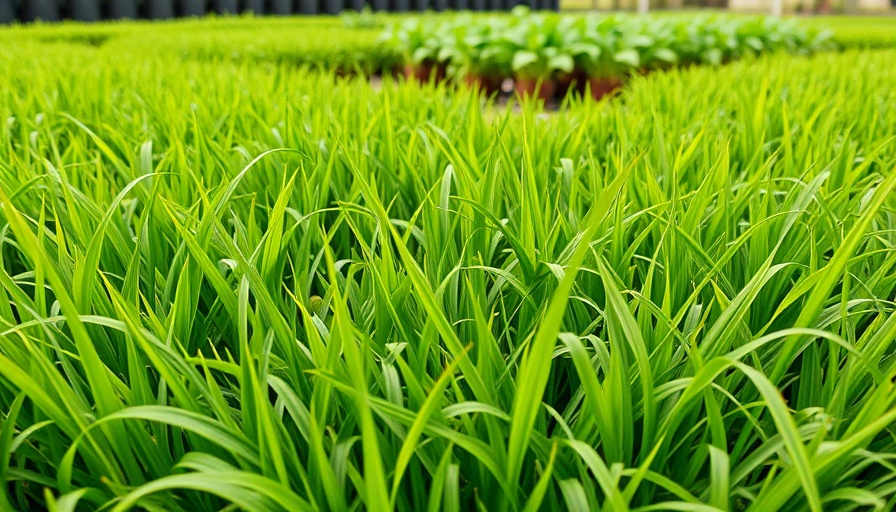
Understanding the Rose of Sharon
The rose of Sharon, also known as Hibiscus syriacus, is an attractive shrub loved by gardeners and pollinators alike. Part of the mallow family, these hardy plants withstand temperatures as low as -15°F and are drought-resistant, thriving in full sun and even tolerating some shade. Their vibrant flowers, ranging from singles to doubles, bloom all summer, providing not just a colorful display but also a haven for bees, butterflies, and hummingbirds.
Why Pruning Matters
Maintaining the beauty of your rose of Sharon involves careful pruning. Though it doesn't need constant attention, annual pruning is crucial for shaping, boosting air circulation, and addressing winter damage. Early spring or late winter is the optimal time for pruning since the shrub's flower buds form on new wood. It’s essential to act before new growth appears to avoid impacting the flowering potential.
Timing Your Seed Pod Shearing
Seed pods form after the blooms, often in late summer, and should be dealt with promptly. If left unattended, these pods disperse seeds, potentially leading to a rose of Sharon takeover in your garden. Trim the pods using sharp pruners before they dry out and open, thus avoiding a tedious removal of unwanted seedlings later.
Actionable Insights and Practical Tips
To prevent your garden from becoming a thicket, regularly monitor for pods turning brown. Quickly shearing these pods and discarding them away from compost piles can save you trouble in the next growing season. Additionally, pruning during dormancy supports healthier growth and fuller blooms for the coming spring.
A Glimpse into Garden Trends
Looking forward, rose of Sharon will continue its popularity amidst gardeners embracing sustainable landscaping. With a focus on low-maintenance and ecology-friendly options, this shrub stands out for its resilience and allure. Keep pace with landscaping trends by integrating robust plants like the rose of Sharon into your exterior living spaces.
 Add Row
Add Row  Add
Add 


 Add Row
Add Row  Add
Add 

Write A Comment